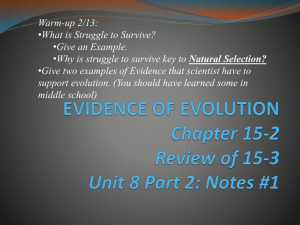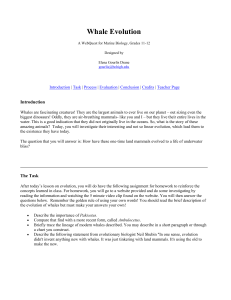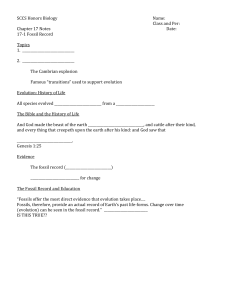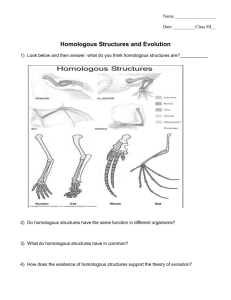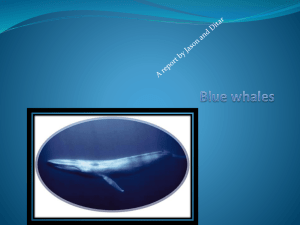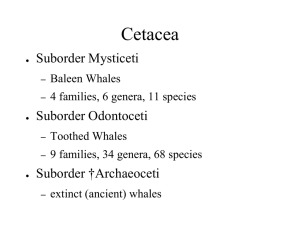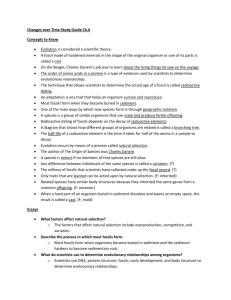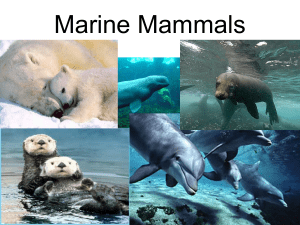Evolution Evidence Handouts (Autosaved)
advertisement
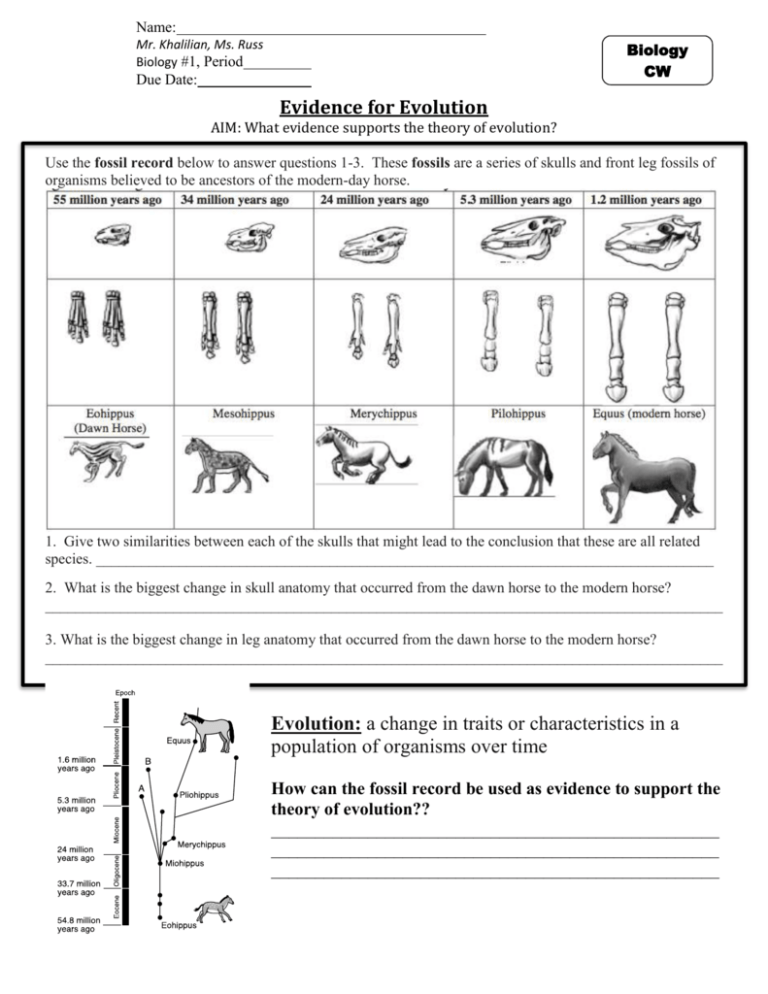
Name: Biology CW Mr. Khalilian, Ms. Russ Biology #1, Period Due Date: Evidence for Evolution AIM: What evidence supports the theory of evolution? Use the fossil record below to answer questions 1-3. These fossils are a series of skulls and front leg fossils of organisms believed to be ancestors of the modern-day horse. 1. Give two similarities between each of the skulls that might lead to the conclusion that these are all related species. __________________________________________________________________________________ 2. What is the biggest change in skull anatomy that occurred from the dawn horse to the modern horse? __________________________________________________________________________________________ 3. What is the biggest change in leg anatomy that occurred from the dawn horse to the modern horse? __________________________________________________________________________________________ Evolution: a change in traits or characteristics in a population of organisms over time How can the fossil record be used as evidence to support the theory of evolution?? ___________________________________________________ ___________________________________________________ ___________________________________________________ Case study: Land-living ancestors of whales Fossils offer crucial clues for evolution, because they reveal the often remarkable forms of creatures long vanished from Earth. Some of them even document evolution in action, recording creatures moving from one environment to another. Whales, for example, are beautifully adapted to life in water, and have been for millions of years. But, like us, they are mammals. They breathe air, and give birth to and nurse live young. Yet there is good evidence that mammals originally evolved on land. If that is so, then the ancestors of whales must have transitioned to the water at some point. As it happens, we have numerous fossils from the first ten million years or so of whale evolution. These include several fossils of aquatic creatures such as Ambulocetus and Pakicetus, which have characteristics now seen only in whales — especially in their ear anatomy — but also have limbs like those of the land-living mammals from which they are clearly derived. In 2007, scientists identified a possible link between land mammals and whales. Called raoellids, these nowextinct creatures would have looked like very small dogs, but were more closely related to hooved animals — the group that includes modern-day cows, sheep, deer, pigs and hippos. Molecular evidence had also suggests a deep evolutionary connection. Evidence shows that one raoellid, Indohyus, is similar to whales but has some differences (ears, teeth, bone thickness) from hooved animals. These indicators suggest that this raccoon-sized creature spent much of its time in water. Therefore, Indohyus could be the transition organism between land and sea. What is the claim being made in this text and what evidence supports this claim? Write a CER response to this question, based upon the text. _____________________________________________________________________________ _____________________________________________________________________________ _____________________________________________________________________________ _____________________________________________________________________________ _____________________________________________________________________________ _____________________________________________________________________________ _____________________________________________________________________________ _____________________________________________________________________________ _____________________________________________________________________________ _____________________________________________________________________________ _____________________________________________________________________________ SUPPORTING EVIDENCE #1: HOMOLOGOUS STRUCTURES The forelimbs to the left all have a similar structure (A), yet each one is found in a different species. These structures are known as HOMOLOGOUS STRUCTURES, or body parts with similar structures found in different species. The word homologous, derives from the Greek homologos, where homo = same and logos = relationship. In your own words, what are homologous structures? __________________________________________________________________________________________ ____________________________ How do these homologous skeletal structures support the theory of evolution and common ancestry between whales and land organisms? __________________________________________________________________________________________ ____________________________ SUPPORTING EVIDENCE #2: FOSSIL RECORD Interpret the fossil record shown to the right, which indicates the evolution of the modern whale. Note specific changes in the structure/characteristics over time. ___________________________________________________ ___________________________________________________ ___________________________________________________ ___________________________________________________ ___________________________________________________ Name: Mr. Khalilian, Ms. Russ Biology #1, Period Due Date: Biology HW Base your answers to questions 1 and 3 on the passage below and on your knowledge of biology. When Whales Walked the Earth: A newly unearthed fossil is the missing link between land and marine mammals Standing two to three feet tall on legs adapted to wade through shallow water, the 48-millionyear-old Indohyus is the missing link between modern day whales and their land-lubbing ancestors. Hans Thewissen of the Northeastern Ohio Universities Colleges of Medicine and Pharmacy recovered the skeleton in rocks from Kashmir, a disputed region between India and Pakistan, where the deer-like herbivore lived during the Eocene epoch, 56 to 34 million years ago. The extreme thickness of its bones is a trait seen often in animals that are aquatic waders (thick, heavy bones counteract buoyancy and allow the animal to stay underwater more easily), and chemical traces in its teeth indicate that the animal ate plants in a freshwater environment. Scientists know that Indohyus belongs in the evolutionary path with whales because it has skeletal similarities to both modern whales and known primordial whale ancestors. Source: Day Greenberg, “When Whales Walked the Earth,” Popular Science, May 2008 1. Identify one structure present in Indohyus mentioned in the passage. State how that structure made Indohyus successful in its environment during the Eocene Epoch. [2] Structure: _______________________ __________________________________________________________________________________________ __________________________________________________________________________________________ _______________________________________________________________________________________ 2. Identify one characteristic of Indohyus that led some scientists to conclude that it was an ancestor of modern whales. [1] __________________________________________________________________________________________ __________________________________________________________________________________________ _______________________________________________________________________________________ 3. Identify another type of evidence scientists could use to support this theory. [1] __________________________________________________________________________________________ __________________________________________________________________________________________ _______________________________________________________________________________________ 4. Scientists call the fossil pictured to the right a “transitional fossil” because they say it has characteristics of both dinosaurs and birds. How does this fossil serve as evidence for the theory of evolution? [1] _________________________________________________________________________________________________________________________ _________________________________________________________________________________________________________________________ _________________________________________________________________________________________________________________________ 5. Summarize what you learned today. What is evolution? What evidence do scientists use to determine common ancestors among species? Explain how each type of evidence is used to demonstrate evolution. [5] ________________________________________________________________________________________________________ ________________________________________________________________________________________________________ ________________________________________________________________________________________________________ ________________________________________________________________________________________________________ ________________________________________________________________________________________________________ ________________________________________________________________________________________________________ ________________________________________________________________________________________________________ ________________________________________________________________________________________________________ ________________________________________________________________________________________________________ ________________________________________________________________________________________________________ ________________________________________________________________________________________________________ ________________________________________________________________________________________________________ ________________________________________________________________________________________________________ ________________________________________________________________________________________________________ ________________________________________________________________________________________________________ ________________________________________________________________________________________________________
